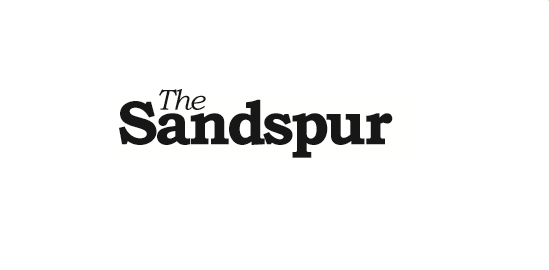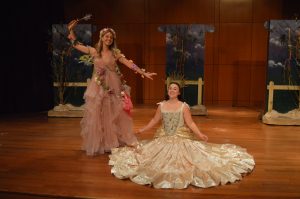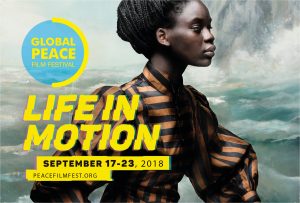One night last week, a group of friends and I were bored so we decided to spontaneously pile into one of our cars and see an 8 p.m. showing of Cloud Atlas. Expecting an entertaining, possibly thought provoking movie of average length, we were sorely disappointed when we got out of the theatre past midnight and couldn’t figure out what the heck we just sat through.
Cloud Atlas, featuring big name actors Tom Hanks, Halle Berry, Jim Sturgess and Hugh Grant, received a good bit of hype before its release on Oct. 26. Based on the 2004 novel by David Mitchell (apparently best-selling, although I’d never heard of it before the film), it attempted to weave a complicated storyline that transcended time. I could see how it would be successful as a book, but as a movie, it was simply too much. This three hour beast featured six storylines, happening during the years 1849, 1936, 1973, 2012, 2144 and 2321. This massive undertaking by directors Lana and Andy Wachowski (The Matrix) and Tom Tykwer (Run Lola Run) is one of the most expensive independent films of all time with a budget around $102 million.
It is hard to pinpoint the problems I had with the movie. The actors performed beautifully; Tom Hanks was in his element playing six different characters. The quality was indisputable. The movie was action packed, with just enough romance and comic relief. So what was it that made it so off?
I could see its German roots, but it failed at incorporating the German quirk of movies like Run Lola Run with such a massive plot undertaking and mainstream pack of actors. It lost something in translation. Also, the plot transitions were confusing. The scenery of the 1849 setting looked oddly like the setting in 2321 (perhaps a coy dialogue on the cycles of time and space) but it also made the plot jumps disconcerting. Also, the existence of two future eras proved confusing. Tom Hanks’ dialogue during the 2321 storyline was painfully guttural, a made-up language like the spells in Harry Potter (except in this instance, the book was not popular enough to gain a following that would be dedicated enough to disregard it.) Keeping it all straight was exhausting, and simply I don’t like working that hard during movies.
The abundance of face prosthetics was also problematic for me. They were high quality, of course, but they didn’t structurally make sense with the other facial features of the actors. Biologically, certain nose bridges, jawline and cheekbone combinations simply don’t exist in real life. And as a viewer, I could tell they were forced. Also, Jim Sturgess as an Asian was just too freaky.
My final, and possibly most important, complaint was that as “revolutionary” as the movie was cracked up to be, there was nothing new, visually. Let me break it down stylistically for you:
The plot during 1849 was such an ode to Pirates of the Caribbean: ship, treasure chest, dirty captain and all. The storyline that existed in 1936 had the grungy, steampunk feel of The Curious Case of Benjamin Button. The directors pulled a page from Frost/Nixon for 1973, and the story during 2012 was scarily similar to the recent independent release Frank and Robot (one I actually recommend). Futuristic Plot number one (2144) was Matrix minus Keanu Reeves and those fabulous late ninety’s leather costumes. Futuristic plot number two (2321) was definitely the lovechild of Avatar and Hunger Games (weird, right?).
To sum it up, I do not recommend this movie. Unless you have 172 minutes where you have absolutely nothing better to do and a free movie ticket, don’t waste your time. If you’ve read the book, you’re just going to be disappointed. You’d be better off re-watching the Matrix and then an independent film of your choice in the time it takes to see this weird one in theatres. Ain’t nobody got time fo’ dat.
Mary Catherine Pflug












Be First to Comment